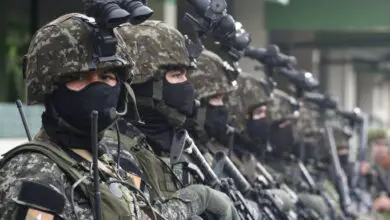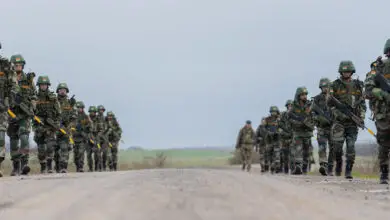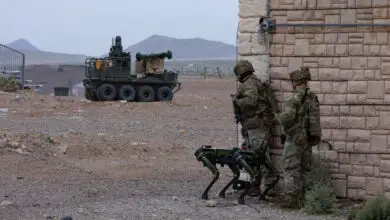India Eyes High-Altitude Unmanned Ground Vehicles
The Indian military is looking for new unmanned ground vehicles (UGVs) for missions in high-altitude areas.
According to a report by India Today, the country’s need for unmanned platforms that can operate in high-altitude regions stems from the challenges it faced in Ladakh, where a clash took place with Chinese soldiers at over 15,000 feet (4,572 meters).
The new UGVs should be suitable for military operations, including surveillance, reconnaissance, targeting enemy positions, delivering critical supplies, and carrying out rapid evacuations.
The platform should also carry a machine gun to support combat missions, particularly along India’s northern borders.
12 Indian defense firms will present their proposals to the military from December 9 to 14. An official said there would be more than 30 UGVs demonstrated in categories including surveillance, reconnaissance, intelligence, kinetic effect, logistics, and casualty evacuation.
Additional Requirements
According to the report, the unmanned platform that India is hoping to acquire should be able to travel long distances and have a large load carrier for casualty evacuation.
It should also operate in varied terrain such as deserts, plains, and rugged mountain topography. The army requires developers to integrate advanced technologies to enable remote or autonomous operation of the vehicle.
The unmanned platforms must be suitable for explosives detection and neutralization of improvised explosive devices. Its robotic arm must also have a minimum lifting capacity of five kilograms (11 pounds).
Bolstering Defenses at High Altitude
India’s move to acquire UGVs that can operate in high-altitude areas is part of its initiative to bolster its defense capabilities amid increasing tensions along its border with China.
In November, the Indian Air Force inducted a new light combat helicopter capable of supporting troops and delivering precision strikes on high-altitude missions.
Military analyst Joseph P. Chacko told EurAsian Times that the aircraft could provide the air force with a significant tactical advantage in high altitude warfare since it can destroy enemy armor, convoys, bunkers, and other hard-to-reach targets.











